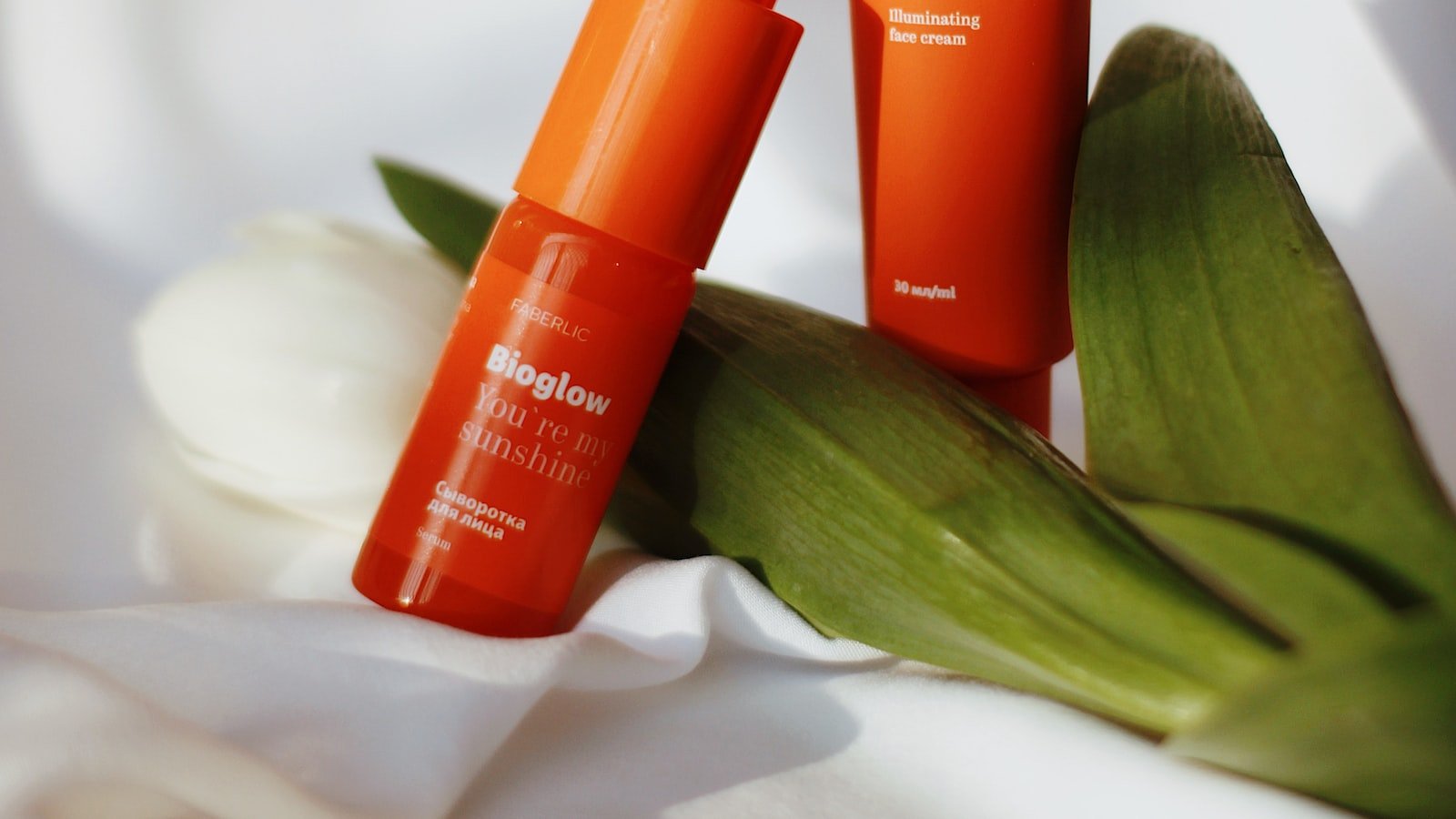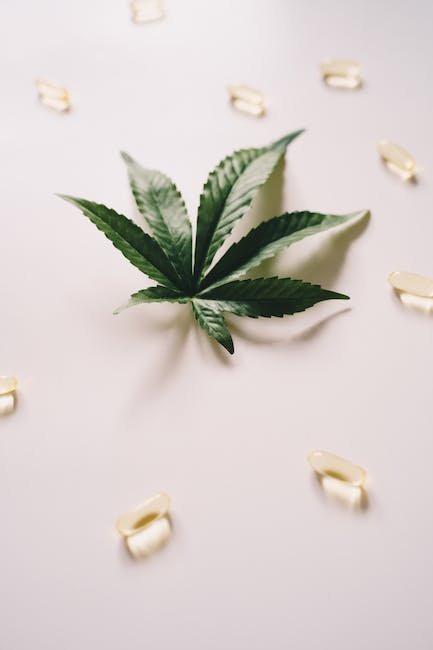As the sun begins to set, casting an orange glow over the horizon, you find your furry companion cowering in a corner, trembling with fear. Their tail is tucked between their legs, and their eyes show signs of immense distress. Witnessing your beloved pet suffer from trauma can be an incredibly heart-wrenching experience, leaving you desperate to find a solution. Enter CBD, a natural compound that has been making waves in the world of veterinary care. In this article, we will delve into the realm of administering CBD to pets with trauma, shedding light on its potential benefits and exploring the most effective methods to bring comfort and relief to these precious creatures in need. So, if you’re ready to embark on a journey of healing and compassionate care, fasten your seatbelt, as we dive into the world of CBD for traumatized pets.
Table of Contents
- Choosing the Right CBD Product for Pets with Trauma
- Understanding the Impact of Trauma on Pets’ Behavior
- Best Practices for Administering CBD to Traumatized Pets
- Dosage Recommendations for CBD Administration in Pets with Trauma
- Additional Tips to Support Traumatized Pets during CBD Treatment
- Q&A
- Wrapping Up

Choosing the Right CBD Product for Pets with Trauma
When it comes to helping our furry friends cope with trauma, CBD products can make a world of difference. However, with so many options available in the market, it’s essential to choose the right one to suit your pet’s specific needs. Here are a few factors to consider when selecting the perfect CBD product:
- Quality: Ensure that the CBD product you choose is of the highest quality. Look for organic, non-GMO options that have undergone third-party lab testing to guarantee purity and potency. Your pet deserves nothing but the best.
- Administration: Different pets have different preferences, so consider their preferences and needs when deciding on the administration method. CBD for pets is available in various forms, including tinctures, treats, capsules, and topicals.
- Dosage: Determining the right dosage is crucial to achieve the desired therapeutic effects. Start with a low dosage and gradually increase it until you notice positive changes. Your veterinarian can provide guidance based on your pet’s size, breed, and overall health.
Remember, it’s always wise to consult with a veterinarian before introducing CBD products to your pet’s routine. They can offer personalized advice and ensure that CBD is a suitable option for your pet’s specific trauma-related needs. With the right CBD product and proper care, your beloved companion can find comfort and relief from their traumatic experiences.

Understanding the Impact of Trauma on Pets’ Behavior
When it comes to trauma, humans aren’t the only ones affected. Our furry friends can also experience the lasting impact of distressing events. Understanding how trauma affects pets’ behavior is crucial in order to provide them with the care and support they need.
Pets who have gone through traumatic experiences may exhibit a range of behavioral changes. These can include:
- Fear and anxiety: Trauma can leave pets feeling fearful and anxious, causing them to become overly cautious or skittish in certain situations.
- Aggression: Some pets may display aggression as a result of their past trauma. This could manifest in growling, biting, or even attacking other animals or people.
- Withdrawal: Just like humans, pets who have experienced trauma might retreat and withdraw from social interactions, preferring to isolate themselves.
It’s important to remember that healing from trauma takes time for both humans and pets alike. Providing a safe and nurturing environment, along with seeking professional help, can greatly contribute to their recovery. Patience, understanding, and love will go a long way in helping your four-legged companion overcome the impact of their past experiences.

Best Practices for Administering CBD to Traumatized Pets
Pets can experience trauma just like humans do, and as loving pet owners, it’s essential to provide them with the support they need. CBD, short for cannabidiol, has shown promising results in helping traumatized pets find relief and regain their sense of calm. However, administering CBD to our furry friends requires careful consideration and following best practices to ensure their well-being. Here are some helpful guidelines:
1. Consult with a Veterinarian:
Before starting any CBD regimen, it’s crucial to consult with a trusted veterinarian knowledgeable about CBD use in pets. They can evaluate your pet’s specific condition and advise you on the appropriate dosage and formulation to use.
2. Choose High-Quality CBD Products:
When it comes to CBD, quality matters. Opt for reputable brands that provide third-party lab testing to ensure purity, potency, and absence of harmful contaminants. Look for products specifically formulated for pets, as they are designed to meet their unique needs.
3. Start with a Low Dosage:
Every pet is different, so it’s essential to start with a low CBD dosage and gradually increase it as needed. Monitor your pet closely for any adverse reactions or changes in behavior. Finding the optimal dosage may take time, but patience is key for the well-being of your furry companion.
4. Administer CBD in a Calm Environment:
Creating a calm and quiet environment when giving your traumatized pet CBD can help reduce stress and anxiety. Find a peaceful spot where your pet feels safe and comfortable. Consider using treats or mixing CBD oil with their food to make the experience more pleasant.
5. Observe and Adjust:
Regularly observe your pet’s behavior and assess their response to CBD. Note any improvements or possible side effects to inform adjustments in dosage if necessary. Keeping a journal or log can be helpful to track progress and discuss it with your veterinarian during follow-up appointments.
By following these best practices, you can provide your traumatized pet with the care and support they need to overcome their challenges. CBD, when used responsibly and in conjunction with professional advice, has the potential to bring relief and improve their overall well-being.

Dosage Recommendations for CBD Administration in Pets with Trauma
General Guidelines:
- When administering CBD to pets with trauma, it is crucial to start with a low dose and gradually increase it based on the pet’s response.
- Consult a veterinarian experienced in CBD use for pets to determine the appropriate dosage.
Dosage Recommendations by Weight:
- For small pets (under 20 pounds), start with 0.25-0.5 mg of CBD per pound of body weight twice daily. Adjust the dosage as needed after a minimum of one week.
- Medium-sized pets (20-50 pounds) may require 0.5-1 mg of CBD per pound of body weight twice daily. Monitor your pet’s progress and adjust accordingly.
- Large pets (over 50 pounds) typically need 1-2 mg of CBD per pound of body weight twice daily. It’s essential to observe any changes and consult your vet if necessary.
Types of CBD Formulations:
- Oil: CBD oil is available in different concentrations. Start with a low concentration and gradually increase it over time.
- Treats: CBD treats provide a convenient way to administer CBD to pets. Follow the dosage recommendations provided by the manufacturer.
- Topicals: Topical CBD products can be applied directly to the affected area to aid in localized relief. Consult your vet for specific application instructions.
Remember, every pet is unique, and finding the right CBD dosage may require some trial and error. Patience is key, and closely monitoring your pet’s progress will help ensure their well-being.
Additional Tips to Support Traumatized Pets during CBD Treatment
When using CBD as a treatment for traumatized pets, there are a few additional tips that can provide extra support and comfort. It’s important to remember that every pet is unique, so what works for one might not work for another. Here are some creative suggestions to help maximize the benefits of CBD:
- Patiently adjust the dosage: CBD affects pets differently, so it’s crucial to find the right dosage for your furry friend. Start with a low dose and gradually increase it until you see positive changes in their behavior. Keep a close eye on their responses and consult your veterinarian for guidance.
- Create a calming environment: Just like humans, pets thrive in a stress-free environment. Enhance their surroundings with soft music, soothing aromatherapy, or a comfortable bed. You could also introduce their favorite toys, creating familiarity and promoting relaxation during CBD treatment.
- Implement behavior modification techniques: While CBD can help alleviate anxiety and fear, it’s essential to address any underlying behavioral issues. Consider positive reinforcement training, such as clicker training or reward-based methods, to help your pet overcome their traumatic experiences.
- Ensure proper diet and exercise: A healthy body contributes to a healthy mind. Provide a balanced diet that supports your pet’s overall well-being. Additionally, ensure they engage in regular exercise to release excess energy, reduce stress, and promote the effectiveness of CBD.
By carefully adjusting the dosage, creating a calming environment, implementing behavior modification techniques, and maintaining a healthy lifestyle, you can further aid your traumatized pet throughout their CBD treatment journey.
Q&A
Q: Can CBD help pets with trauma?
A: Yes, CBD has shown promise in reducing anxiety and promoting calmness in pets with trauma. It can be a helpful addition to a holistic approach when addressing their emotional well-being.
Q: Is CBD safe for pets?
A: When administered correctly and in appropriate doses, CBD is generally safe for pets. However, it’s essential to consult with a veterinarian before starting any new treatments.
Q: How should I administer CBD to my pet?
A: CBD for pets can be administered orally, through drops or treats, or as a topical cream for localized issues. Start with a low dosage and monitor your pet’s response before adjusting it.
Q: Are there any side effects of CBD in pets?
A: Some pets may experience mild side effects like drowsiness or digestive issues when first introducing CBD. However, these effects are usually temporary and diminish with time.
Q: Can CBD replace traditional treatments for trauma in pets?
A: CBD should not replace traditional treatments for trauma in pets, such as behavioral therapy or medication. Instead, it can complement these treatments and provide additional support.
Q: How long does it take for CBD to start working on pets?
A: The time it takes for CBD to take effect on pets can vary. While some pets may show immediate improvement, others may take a few days or weeks before experiencing the benefits.
Q: Is it legal to administer CBD to pets?
A: The legality of administering CBD to pets varies by region and country. It’s essential to research and comply with local regulations, and consult with a veterinarian who is knowledgeable about CBD use in pets.
Q: Can CBD be overdosed in pets?
A: While rare, it is possible for pets to overdose on CBD if given excessively high doses. It’s crucial to follow dosage guidelines provided by the manufacturer and seek veterinary advice if unsure.
Q: Can using CBD improve the quality of life for pets with trauma?
A: CBD has the potential to improve the quality of life for pets with trauma by reducing anxiety and promoting relaxation. However, individual results may vary, and a holistic approach is recommended.
Wrapping Up
As we bid adieu to this enlightening journey on administering CBD to our furry companions with trauma, we hope to have shed light on a path strewn with healing and love. In the realm of pet care, empathy and understanding reign supreme, and CBD emerges as a gentle superhero, bearing the cape of calmness and restoration.
Remember, dear pet parents, your four-legged friends are resilient beings, capable of overcoming the darkest shadows. With CBD by their side, like a guiding star in an inky night sky, their journey towards recovery becomes illuminated, casting away the shackles of trauma.
As you embark upon this endeavor, always trust in the power of knowledge and seek advice from compassionate experts. Delve into the intricacies of dosing, find the perfect CBD product that resonates with your beloved pet’s needs, and cherish the possibility of newfound tranquility.
Fate has woven our lives together with our pets, intertwining our destinies through joy and sorrow alike. With CBD as our ally, let us weave a tapestry of hope, painting each thread with the colors of solace and serenity.
In this symbiotic dance of care, remember to honor the uniqueness of your pet’s experience. Each soul carries its own scars, its own story. CBD becomes a soothing balm, gently massaged into the trappings of trauma, unlocking a path towards emotional rejuvenation tailored to their individual needs.
As we conclude this beautiful chapter, let us hold close the notion that healing is not an overnight dance, but a graceful waltz played over time. Embrace patience, for even the smallest spark of progress allows the seed of hope to flourish.
So, dear pet parents and caregivers, may you find solace in the gentle touch of CBD as you navigate the complex landscape of trauma. Embrace this newfound knowledge, wield it with love, and watch as its miraculous touch transforms your furry friend’s life.
With open hearts and paws, may we continue this journey together, painting a portrait of resilience, strength, and harmony. Remember, the power to heal lies within reach, and CBD is the guiding wand, ready to unravel the knots of anguish and embrace a future filled with unconditional love and wellness.
As an affiliate, my content may feature links to products I personally use and recommend. By taking action, like subscribing or making a purchase, you’ll be supporting my work and fueling my taco cravings at the same time. Win-win, right?
Want to read more? Check out our Affiliate Disclosure page.